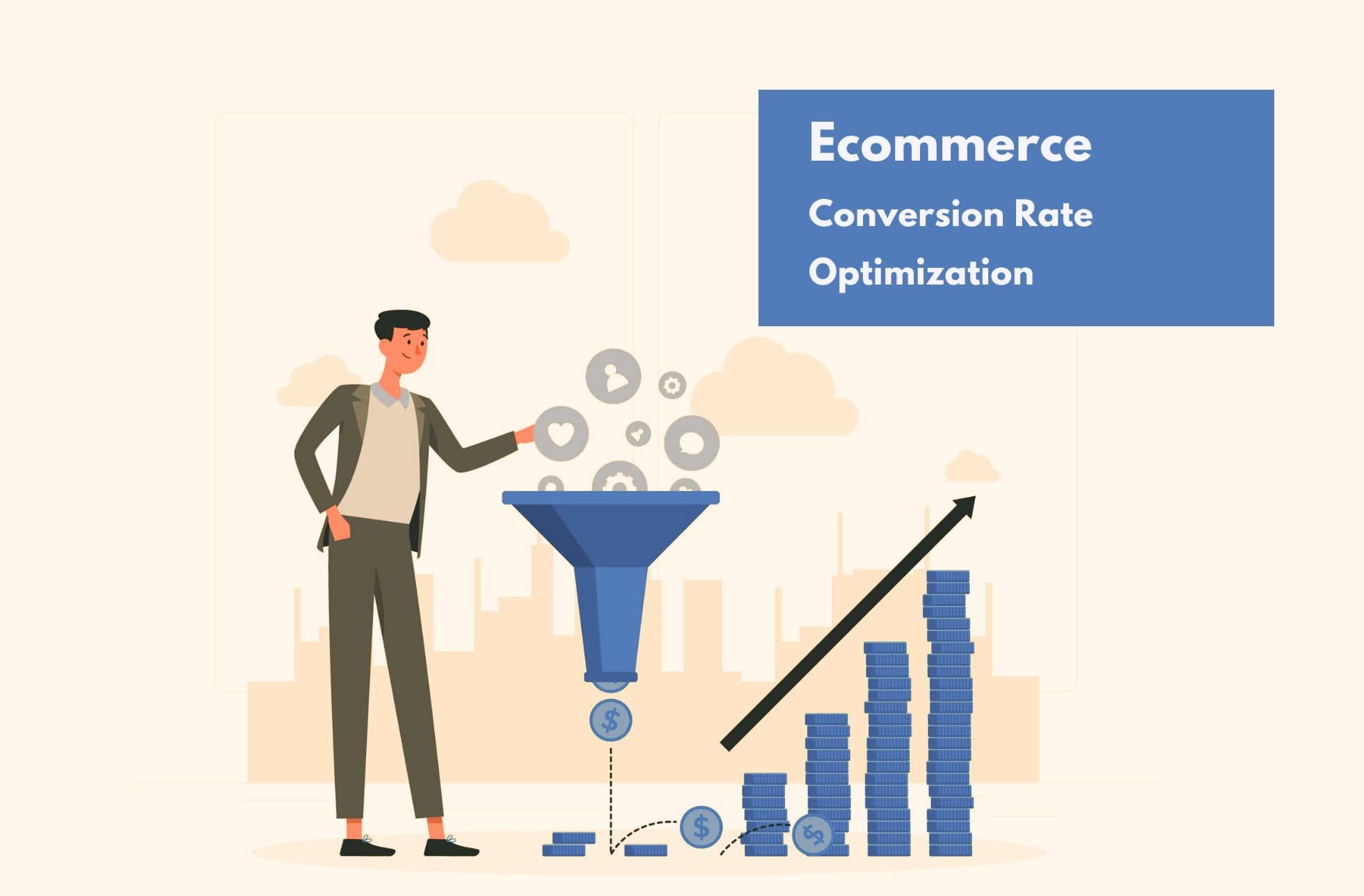If Coca-Cola and KFC have a ‘secret’ recipe, the most famous search engine on the market has yours. But unlike previous ones, yours changes and evolves faster.
Google, the Internet search giant, has a deserved market share (90.3%, according to Statista). Its success is not the result of fantastic marketing campaigns: it is the result of effectiveness.
When a user makes a query on Google, they usually find what they need in a matter of seconds, even though some searches have millions of valid results: ‘buy cheap shoes’ (54 million results), ‘iPhone headphones’ (27 million), etc.
However, its effectiveness would not be possible without successive updates of Google’s algorithm. But what exactly does the algorithm consist of?
What is the Google algorithm and why should ecommerce know it?
In the 1990s, the massification of the internet became a problem for surfers. Finding the information or product they needed was difficult in such chaos.
And this problem was the origin of search engines. Google, launched in 1998, was one of the last of the decades, but had been preceded by AltaVista in 1995 and Archie in 1990.
Despite not being the pioneer search engine, Google managed to become a reference company in this flourishing sector. Today, its service is needed more than ever, as there are nearly 150 million active websites in the digital realm, according to Netcraft data.
But what is the Google algorithm? This can be defined as a series of codes that allow to interpret and classify the existing web contents, based on a series of positioning factors.
Some estimates suggest that this algorithm changes up to 500 times throughout the year, which helps us understand why it is so difficult (if not impossible) to decipher.
What we can do is understand how this algorithm thinks, which can be summarized in two characters: UX (user experience).
Bearing in mind UX, all Google’s algorithmic changes make sense. Google aims first and foremost to provide its customers with the best experience.
For example, when search traffic began to come mostly from mobiles and tablets, what was Google’s response, to look the other way? No. Google updated its algorithms to improve the mobile user experience (this is precisely what motivated the famous mobile first index).
But what are the parameters that Google’s algorithm takes into account, what are their codes looking for to improve UX? The density of keywords, backlinks, interlinks, extension, and quality of the text, the presence of images and videos, responsive design, use of friendly URLs, etc.
It would be impossible to summarize in a single article (and let’s not say in a section) all the positioning factors used by the algorithms of this search engine!
Now that we know how the complex mechanisms of this search engine work, it is worth going deeper into the new SEO algorithm for Google.
How is the new SEO algorithm for Google in 2019?
Although 2019 is not over yet and there are many algorithmic changes that can shake SERPs, we will summarize the following changes:
- Medic;
- Fred.
Medic
At the moment, the new SEO algorithm for Google includes these novelties, with many more that could be incorporated into the equation of the famous search engine.
The introduction of the Medic algorithm has left no one indifferent. Although it was created in August 2018, it is receiving numerous updates this year. Medic is no revolution for SERPs. To tell the truth, ecommerces can be reassured, since this patch has been limited to reviewing and correcting a number of errors identified by the staff of Alphabet (Google).
Certain industries have not even noticed any change in their organic traffic, although this is not the case of health, whose companies have been affected by Medic.
Fred
Another of the most interesting updates in 2019 of Google’s algorithm is Fred. This new ‘ingredient’ will not affect ecommerces that have avoided using bad positioning practices either.
Those who have used black hat (or are using it) have reason to fear Google Fred.
This novel algorithm, designed to combat aggressive monetization strategies, is a ‘hunter’ that pursues ads, content, and websites of little value to users but have somehow managed to position themselves very high in SERPs. This hurts UX, so Google uses Fred to neutralize it.
Finally, Google could launch new algorithms aimed at prioritizing websites and online shops with better cybersecurity – although obviously, this is only a hunch.
Why is that? I don’t know. Because Google knows that security and privacy are qualities that are increasingly valued by users in the digital world.
Trust is especially important in e-commerce. Online consumers must feel protected from the beginning to the end of the sales cycle. This is only possible with certificates and security protocols such as SSL, HTTPS, and others.
To top it all, Google announced that its algorithms would penalize websites without an SSL certificate by 2019.
These certificates, which are displayed in the browser with a green padlock, allow encryption and protection of the information transmitted between a web server and the users’ browser.
In short, the new SEO algorithm for Google still needs a few more ‘ingredients’ to complete its configuration.
It is too soon to say that the next updates will break with all of the above or give continuity to the 2018 updates.
Be that as it may, ecommerces will be right to pay attention to Google’s future algorithmic changes, if they wish to preserve or optimize their positioning in the SERPs.




